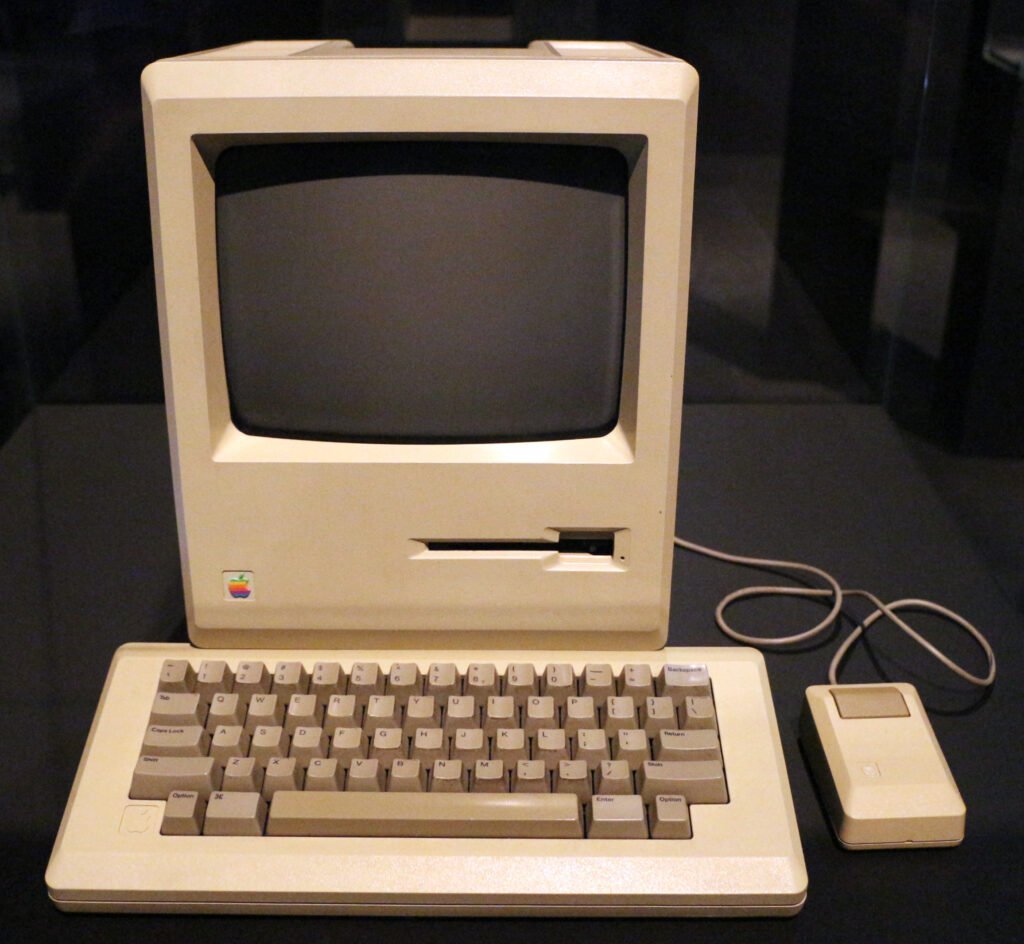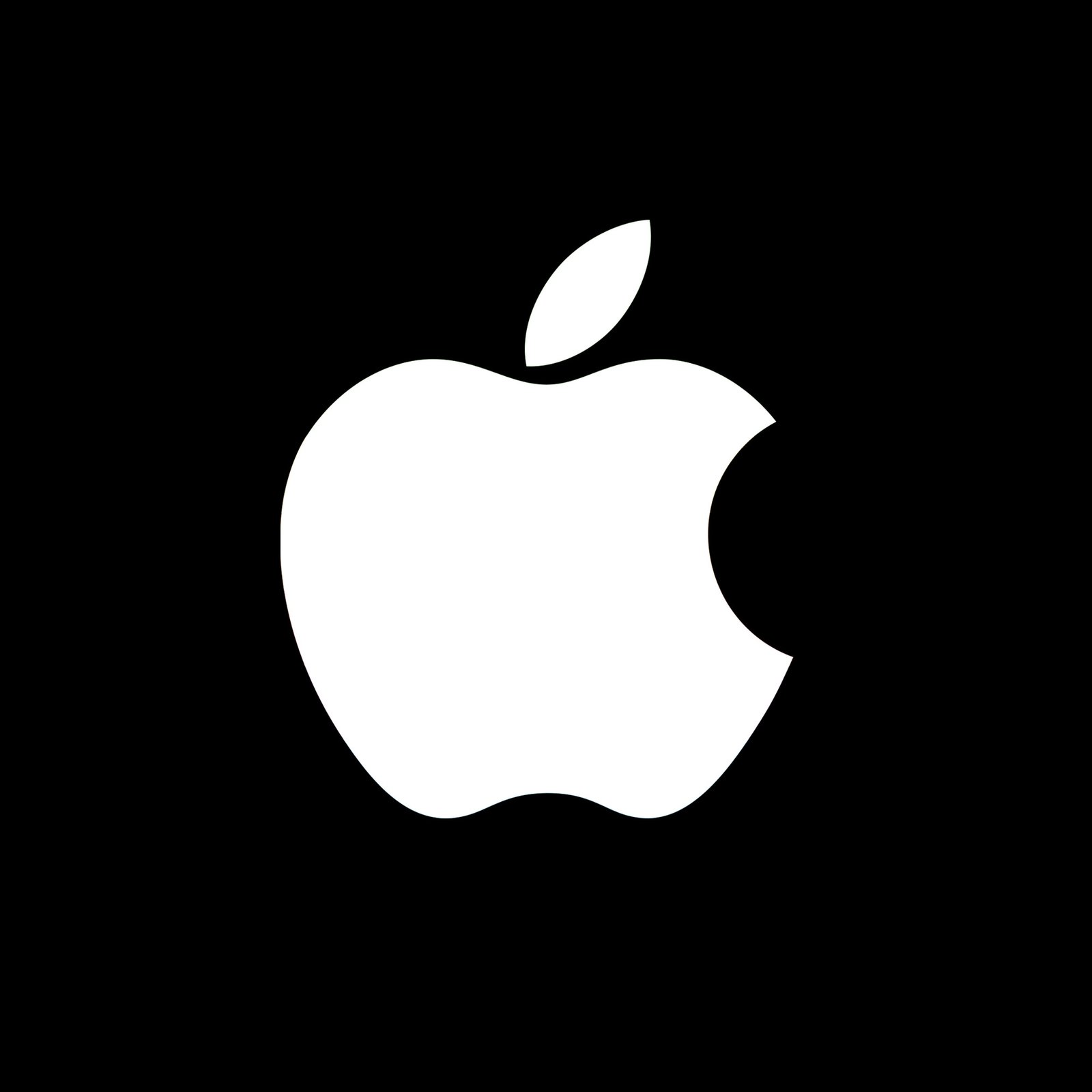Apple is a name that resonates not only with technological innovation but also with impeccable design, user-friendly products, and a global culture of brand loyalty. From its humble beginnings in a garage to becoming one of the most valuable companies in the world, Apple’s story is a fascinating journey of vision, innovation, and perseverance. Here’s how Apple came into existence and transformed into a global brand.
Founding and Early Days of Apple
In the spring of 1976, three visionaries—Steve Jobs, Steve Wozniak, and Ronald Wayne—came together with a shared dream: to make computers accessible to the average person. On April 1, 1976, they founded Apple Computer Company. Their first product, the Apple I, was a simple yet revolutionary machine designed and built by Wozniak. Unlike other computers of the time, it came fully assembled, making it more user-friendly and accessible.

Early Success
The launch of the Apple II in 1977 marked a significant milestone. This sleek, plastic-encased computer with color graphics was one of the first highly successful mass-produced microcomputers. Its success propelled Apple into the mainstream, earning the company over $100 million by 1980. That same year, Apple went public, making Jobs and Wozniak millionaires and setting the stage for future growth.
Challenges and Setbacks
The 1980s brought both triumphs and challenges. Apple faced stiff competition from Microsoft and IBM, which were rapidly gaining market share in the personal computing market. Internal conflicts led to Steve Jobs’ departure in 1985, leaving the company without its visionary leader. During this period, Apple struggled to maintain its innovative edge and market position.
Return of Steve Jobs
In 1997, Apple was on the brink of bankruptcy. In a dramatic turn of events, the company acquired NeXT, bringing Steve Jobs back into the fold. Jobs’ return marked the beginning of a new era. He streamlined the product line, focusing on innovation and design. His strategic leadership and vision were instrumental in revitalizing Apple and setting it on a path to success.

Game-Changing Products
Under Jobs’ leadership, Apple introduced a series of groundbreaking products that transformed the tech industry:
- iMac (1998): The colorful, user-friendly iMac marked the rebirth of Apple, emphasizing sleek design and simplicity.
- iPod (2001): This portable music player revolutionized the music industry, making it easy for users to carry their entire music library in their pocket.
- iPhone (2007): Combining a phone, an iPod, and an internet communicator, the iPhone set the standard for smartphones and transformed mobile technology.
- iPad (2010): The iPad shaped the tablet market, offering a new way to consume media and perform tasks.
- MacBook Series: Apple’s innovation in the laptop industry continued with the MacBook series, known for its design, performance, and portability.
Branding and Marketing
Apple’s success is not just about its products; it’s also about its unique approach to branding and marketing:
- Design and Simplicity: Apple’s design ethos focuses on creating user-friendly and elegant products that stand out in the market.
- Brand Loyalty: Apple has cultivated a “cult” following, with fans who see the brand as a lifestyle and are fiercely loyal to its products.
- Marketing Campaigns: Memorable campaigns like “Think Different” and the strategic use of product launches have helped Apple build a strong brand identity and connect with consumers on an emotional level.
Global Expansion
While Apple initially found its footing in the U.S., its ambition to become a global brand was clear from the start. The company gradually expanded into international markets, with Europe, China, and India becoming key growth areas.
Apple Stores also played a crucial role in its global expansion. These retail spaces became more than just stores; they were experience centers where users could interact with products, get personalized support, and engage with the brand in a deeper way.
Leadership After Steve Jobs: Tim Cook’s Era
Following Steve Jobs’ passing in 2011, Tim Cook took over as CEO of Apple. Under Cook’s leadership, the company has continued to innovate and grow. Apple has introduced new products like the Apple Watch and has expanded its services offerings, including Apple Music, Apple TV+, and Apple Pay. These services have helped Apple diversify beyond hardware and become a major player in content and digital services.
Sustainability and Corporate Responsibility
Apple has also made significant strides in sustainability and corporate responsibility. The company has committed to using renewable energy and reducing its environmental impact. It has also addressed labor rights and privacy concerns, demonstrating a commitment to ethical business practices.
Apple’s Current Status and Future Prospects
Today, Apple stands as one of the most valuable companies in the world, with a market capitalization of over $2 trillion. The company has not only maintained its dominance in the tech industry but has also shaped the cultural landscape through its innovations.
Looking ahead, Apple continues to push the envelope with rumors of products in augmented reality (AR), virtual reality (VR), and even electric vehicles. However, it faces challenges from competitors and the need to keep innovating in an increasingly crowded marketplace.
From a garage in Los Altos to a trillion-dollar company, Apple’s journey is a testament to the power of innovation, vision, and resilience. It’s a story that continues to inspire entrepreneurs and tech enthusiasts around the world.
